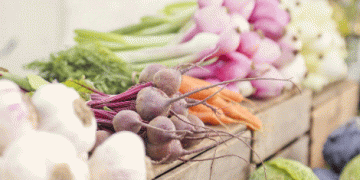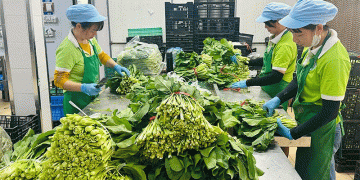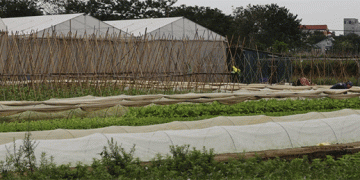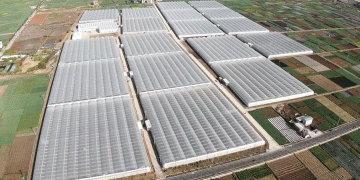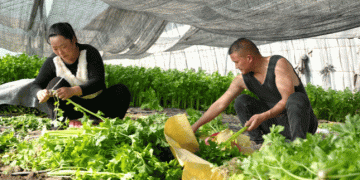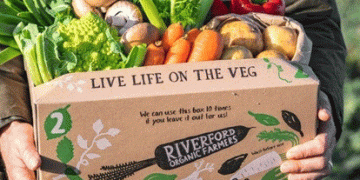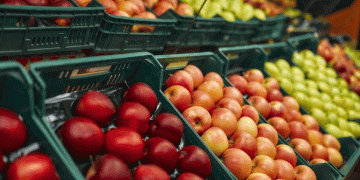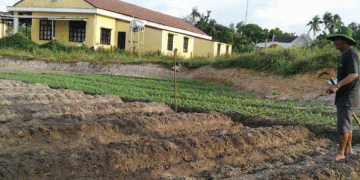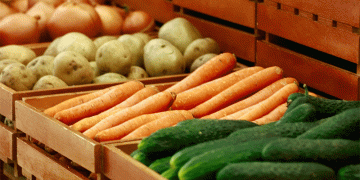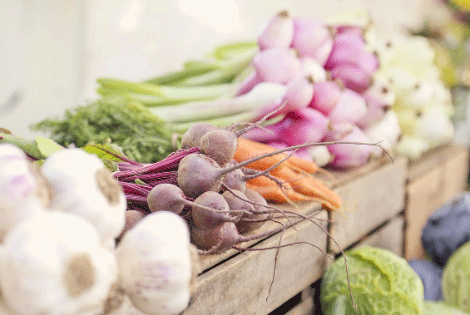The price gap between organic and conventional products in Switzerland remains a noticeable issue for consumers, with organic products consistently being more expensive. A recent analysis by the Swiss Federal Office for Agriculture (FOAG) sheds light on why this price difference persists, even though the prices of both categories have seen similar increases in recent years.
Between July 2019 and July 2024, the prices for both organic and non-organic products in Swiss retail saw a slight increase. However, on average, organic products were 56.4% more expensive than their conventional counterparts. This price difference has remained largely unchanged despite significant increases in production costs for both categories. But why is this the case, and what does this mean for both consumers and farmers?
Factors Behind the Price Difference
One of the key reasons for the higher price of organic products is the production process. Organic farming is often more labor-intensive and requires more resources, including specific crop rotations, natural pest control, and limited use of synthetic fertilizers. These practices, while essential for sustainability, also incur higher costs for farmers.
In fruit, vegetable, and potato categories, the price difference between organic and conventional products has decreased slightly over the past five years. The cost gap for these items dropped from around 29 Swiss Francs in 2019 to 27 Swiss Francs in 2024. This reduction can be attributed to increasing price pressure in retail, with retailers striving to meet consumer demand for organic options while maintaining price competitiveness. However, even during peak local production periods in the summer, organic products often remain pricier due to the more labor-intensive production processes.
Demand for Organic Products: A Niche Market
Despite the growing interest in organic food, the overall market share of organic products in Switzerland is still relatively small. As reported by Bio Suisse, Switzerland spends more on organic products per capita than any other European country. However, the market share of organic food has only risen from 7% to just under 12% over the last decade. Consumers are increasingly demanding sustainable and organic products, but their willingness to pay a premium and make a full shift to organic options is still limited.
The demand for organic food is, therefore, demand-driven but price-sensitive. While many Swiss consumers prioritize sustainability, they may not always be willing to pay significantly more for organic products.
Cost, Benefit, and Consumer Decisions
The unchanged price difference between organic and conventional products reflects the fact that organic food retains its value despite the rising costs of production. For consumers, understanding the reasons behind this price gap is essential. Organic products contribute to sustainable farming practices that have long-term environmental and health benefits, but these benefits come with additional costs. The choice to purchase organic goods, therefore, is not just a financial decision—it is a matter of aligning personal priorities with broader environmental goals.
While the price gap between organic and conventional products in Switzerland remains significant, the continued growth in demand for organic foods shows that many consumers value the environmental and health benefits that come with these products. Despite the higher production costs, organic goods are maintaining their place in the market, and this trend is likely to continue as more consumers seek sustainable options. However, the price barrier will remain a challenge for broader adoption unless consumer willingness to pay for organic foods increases further.
